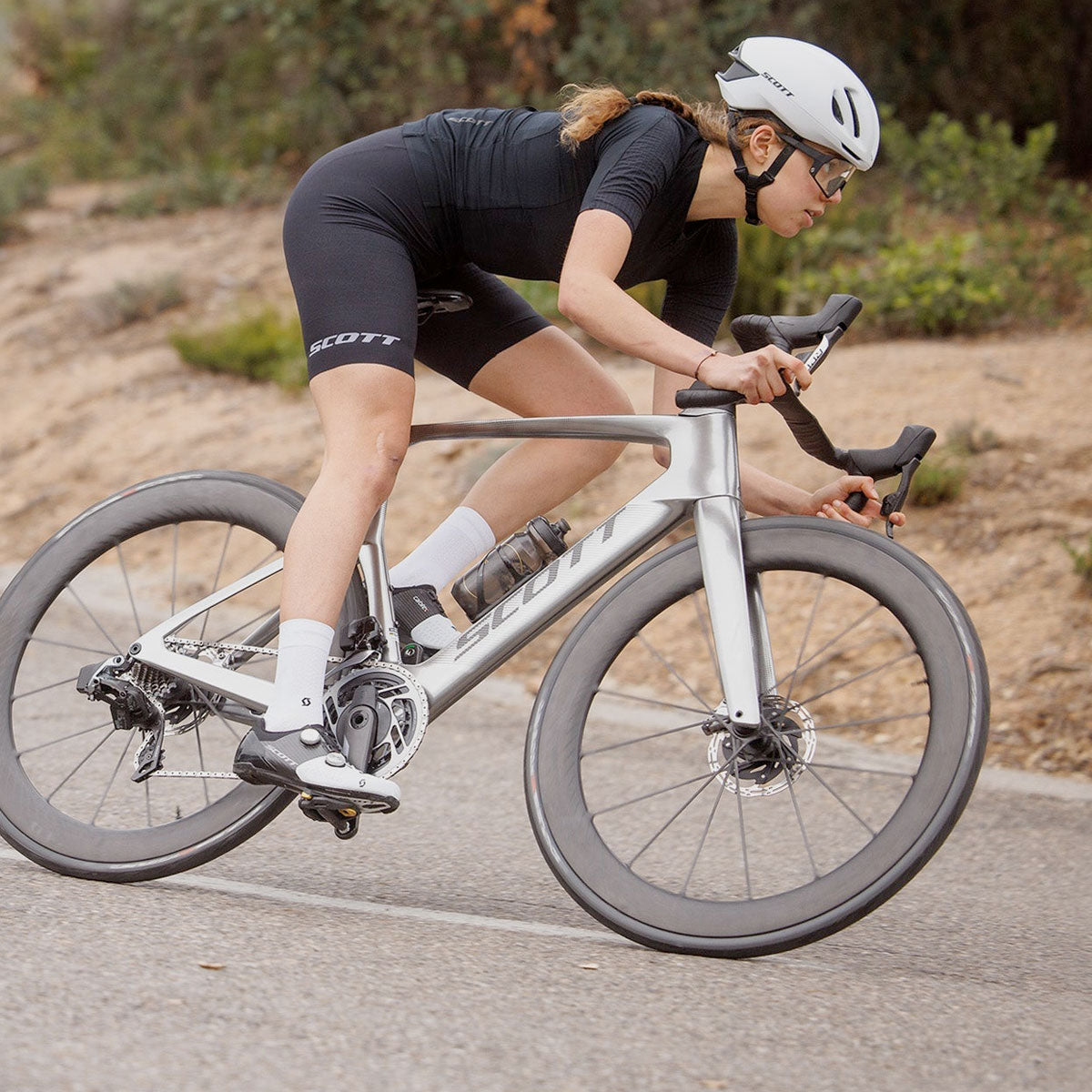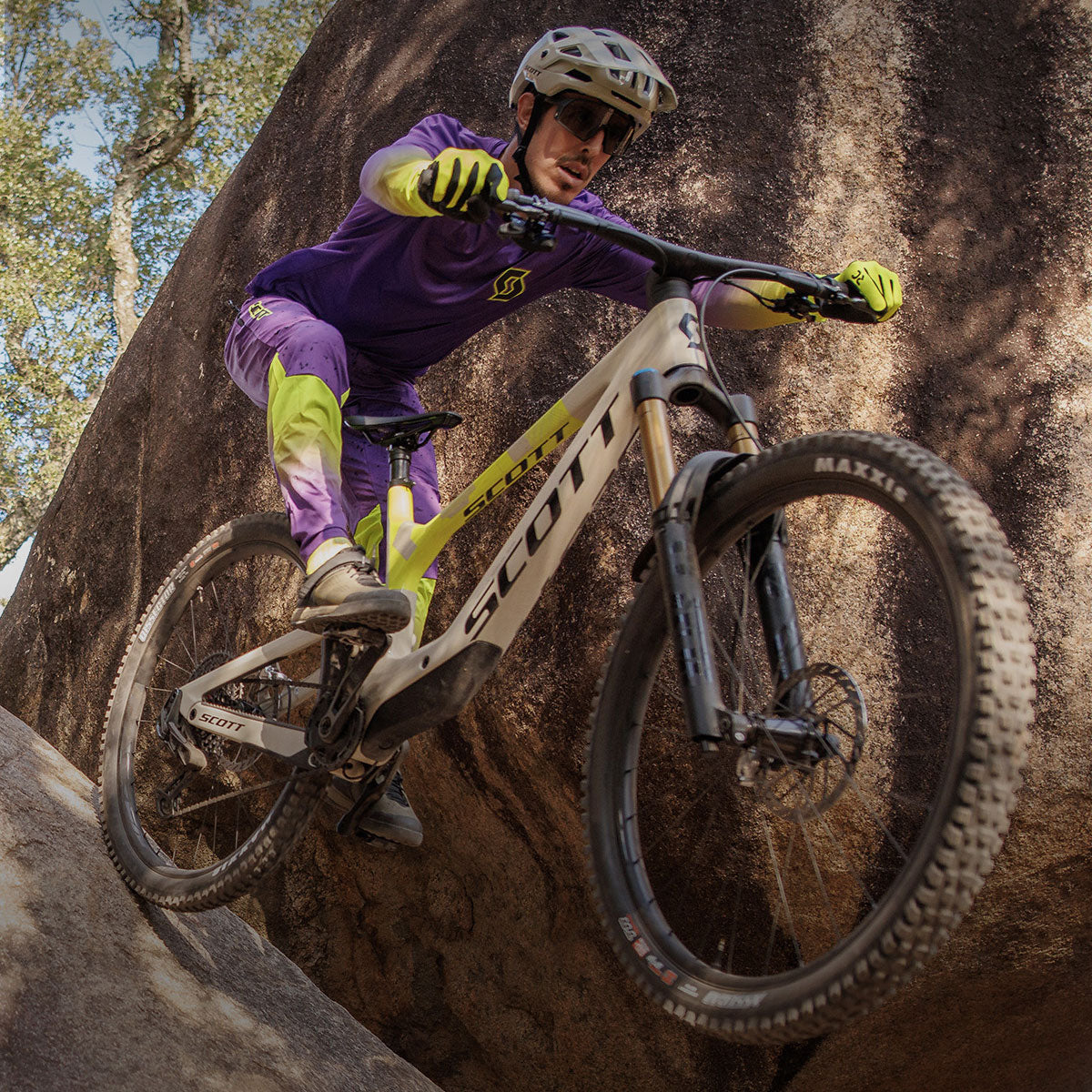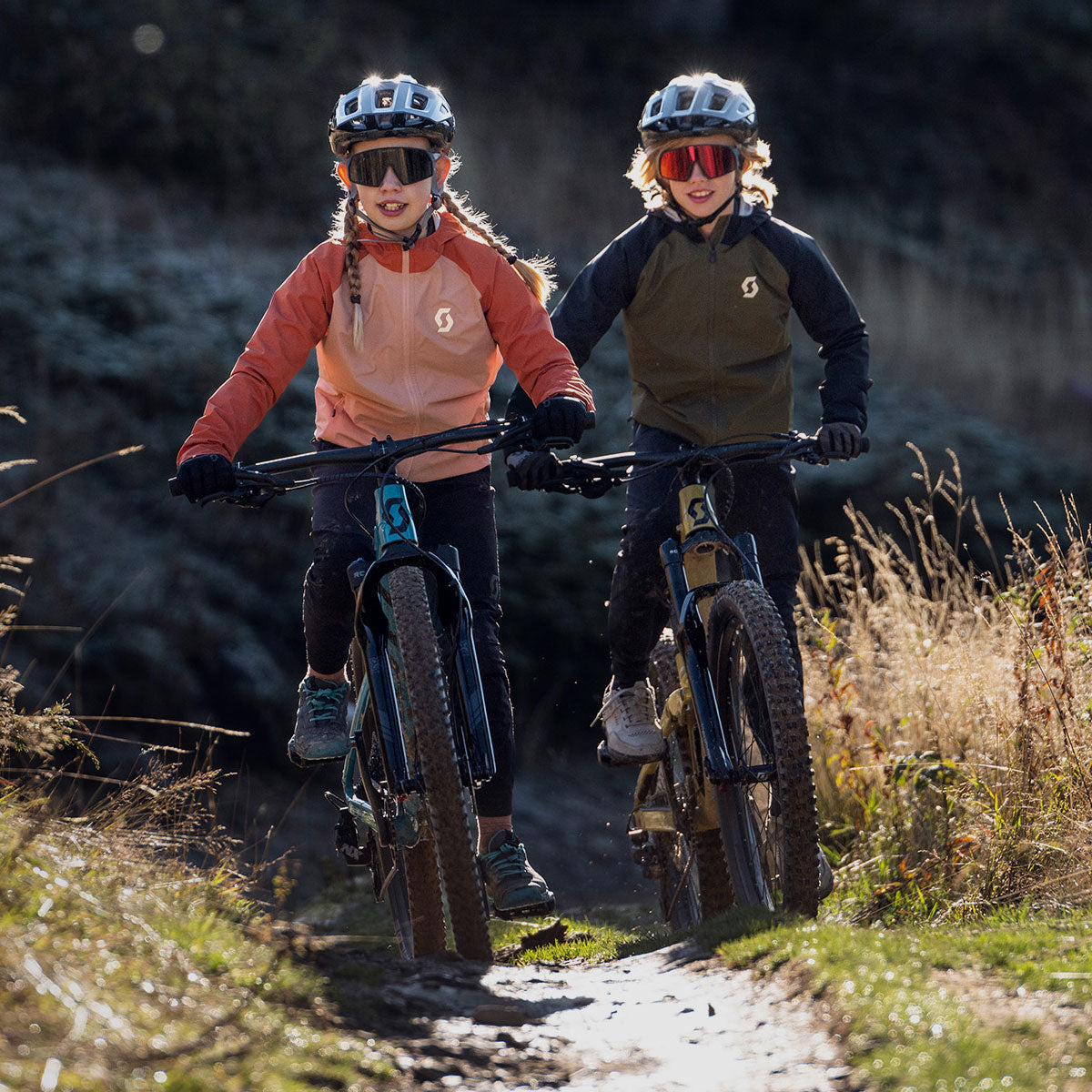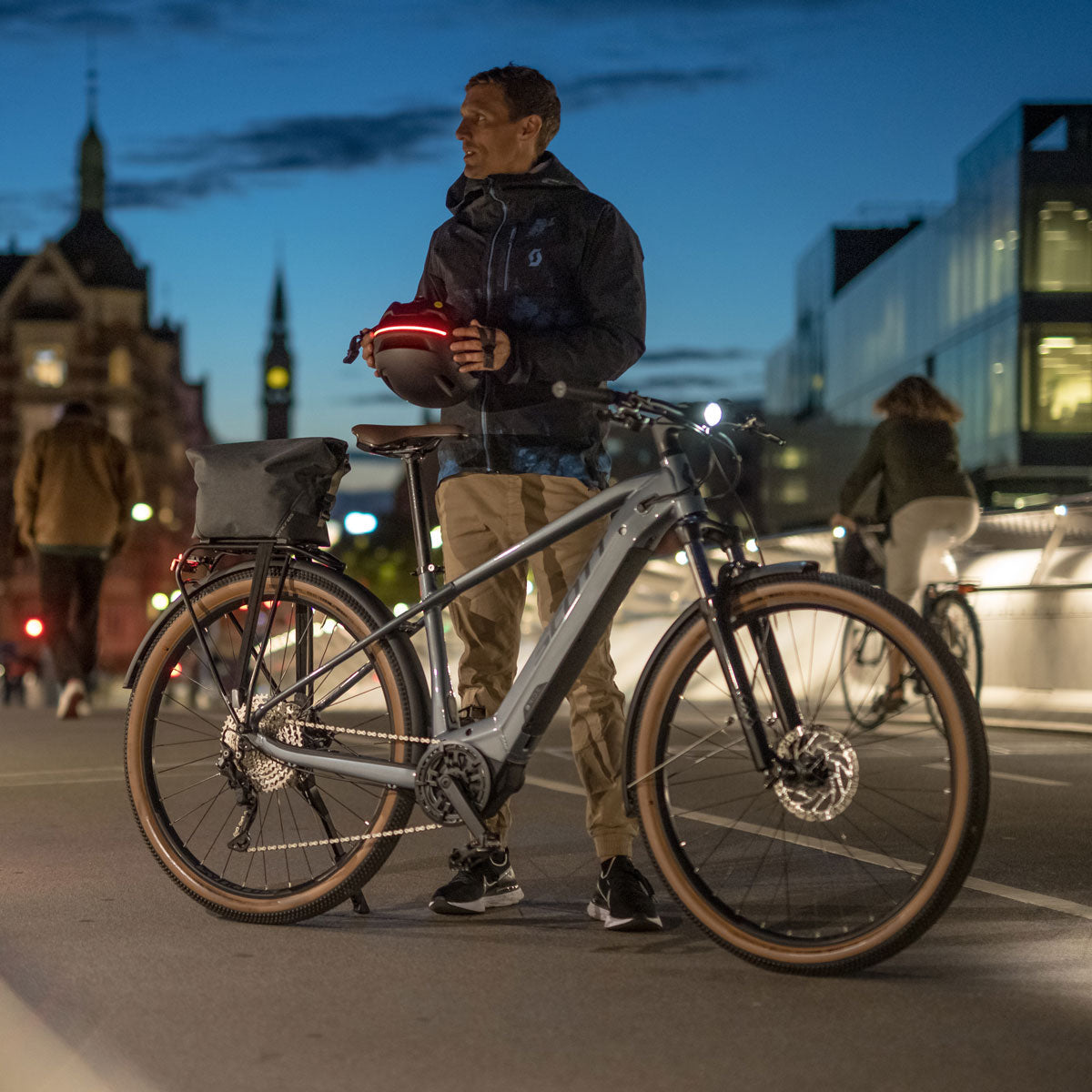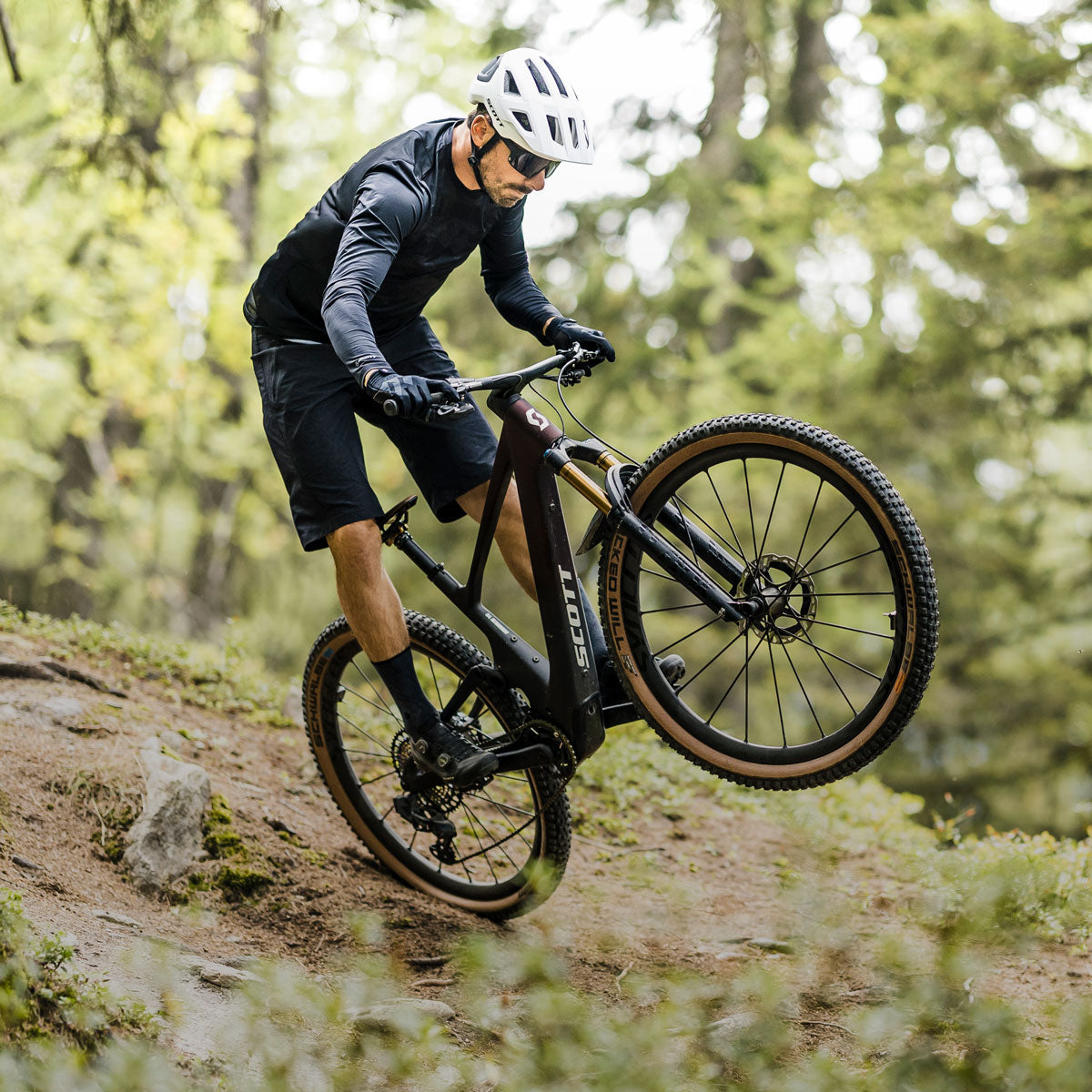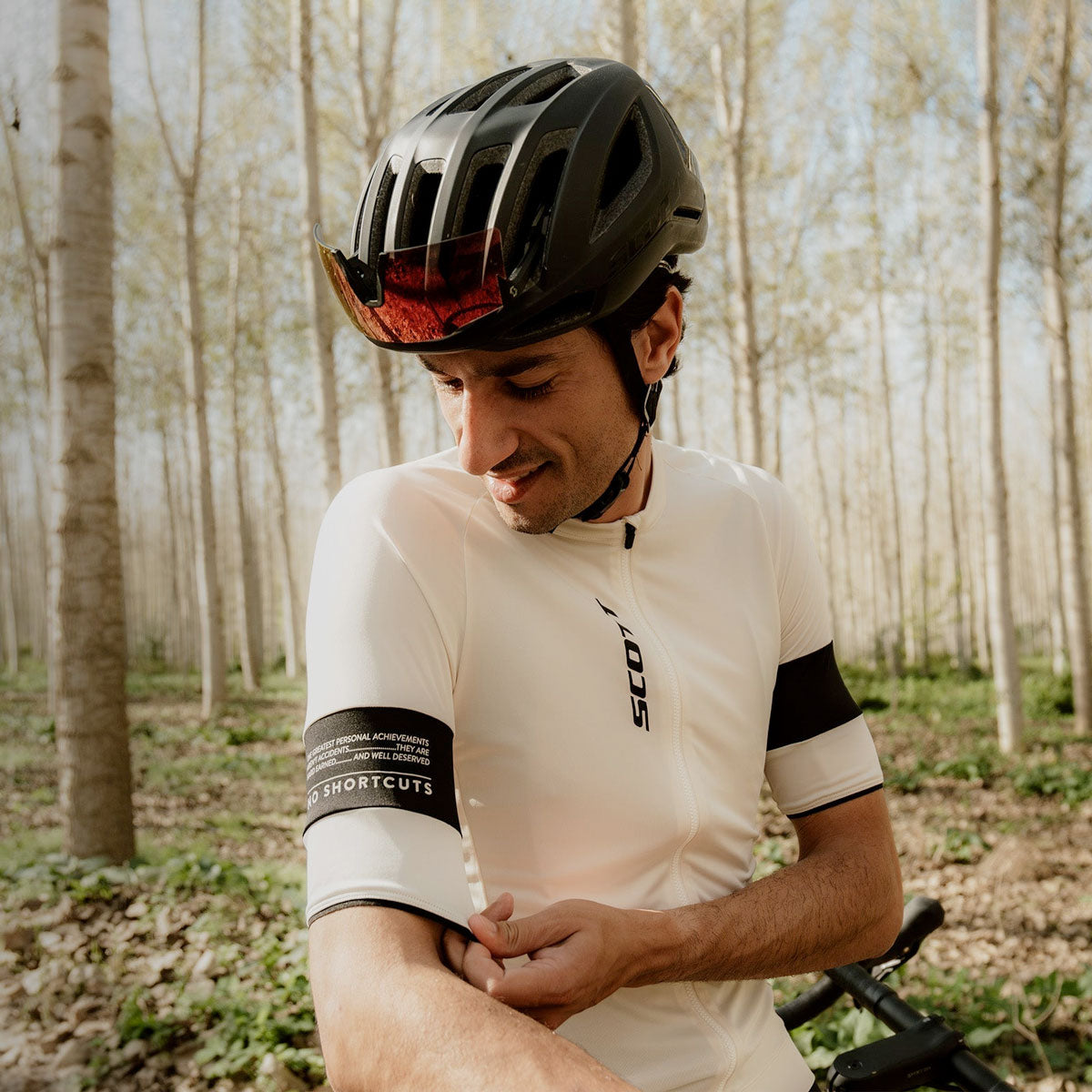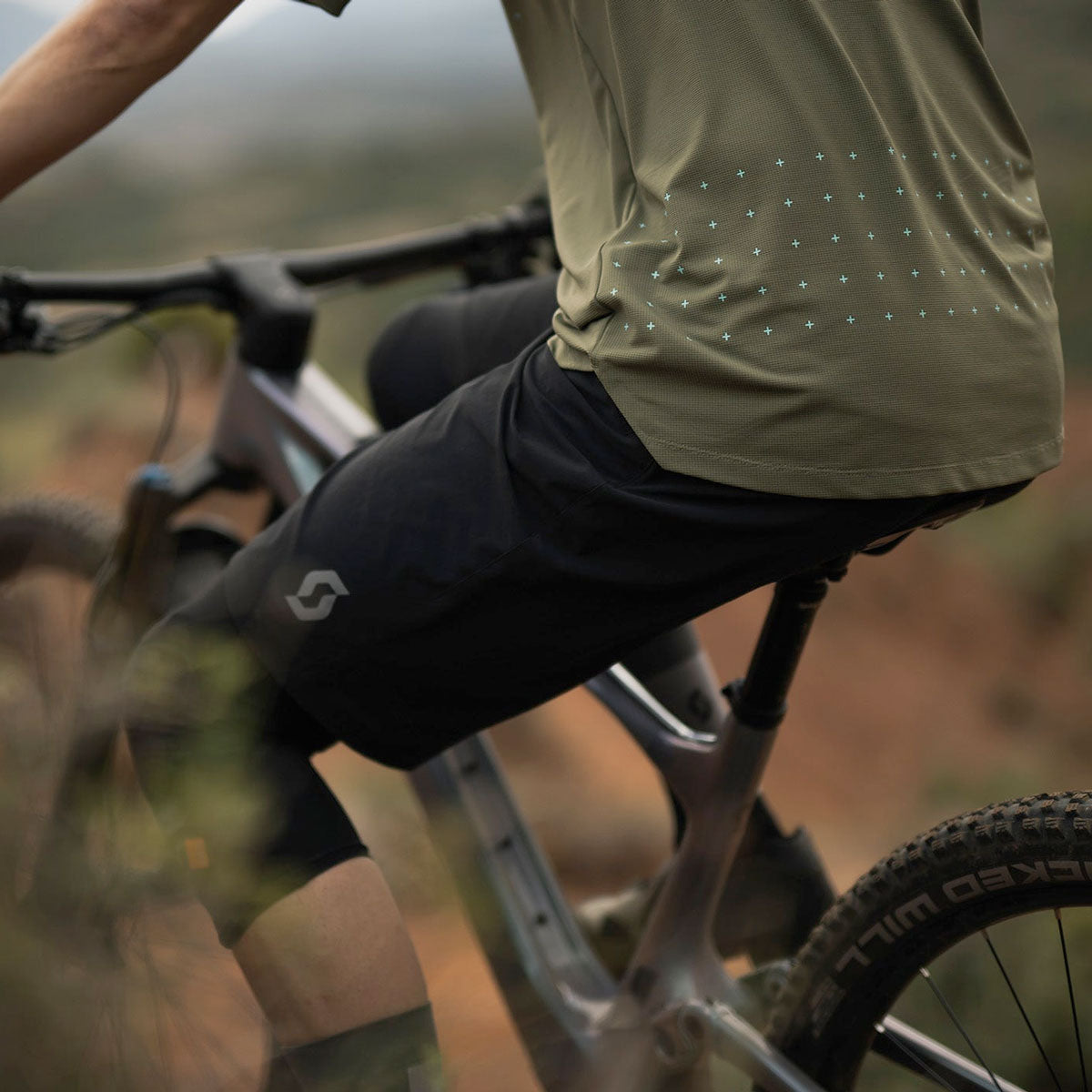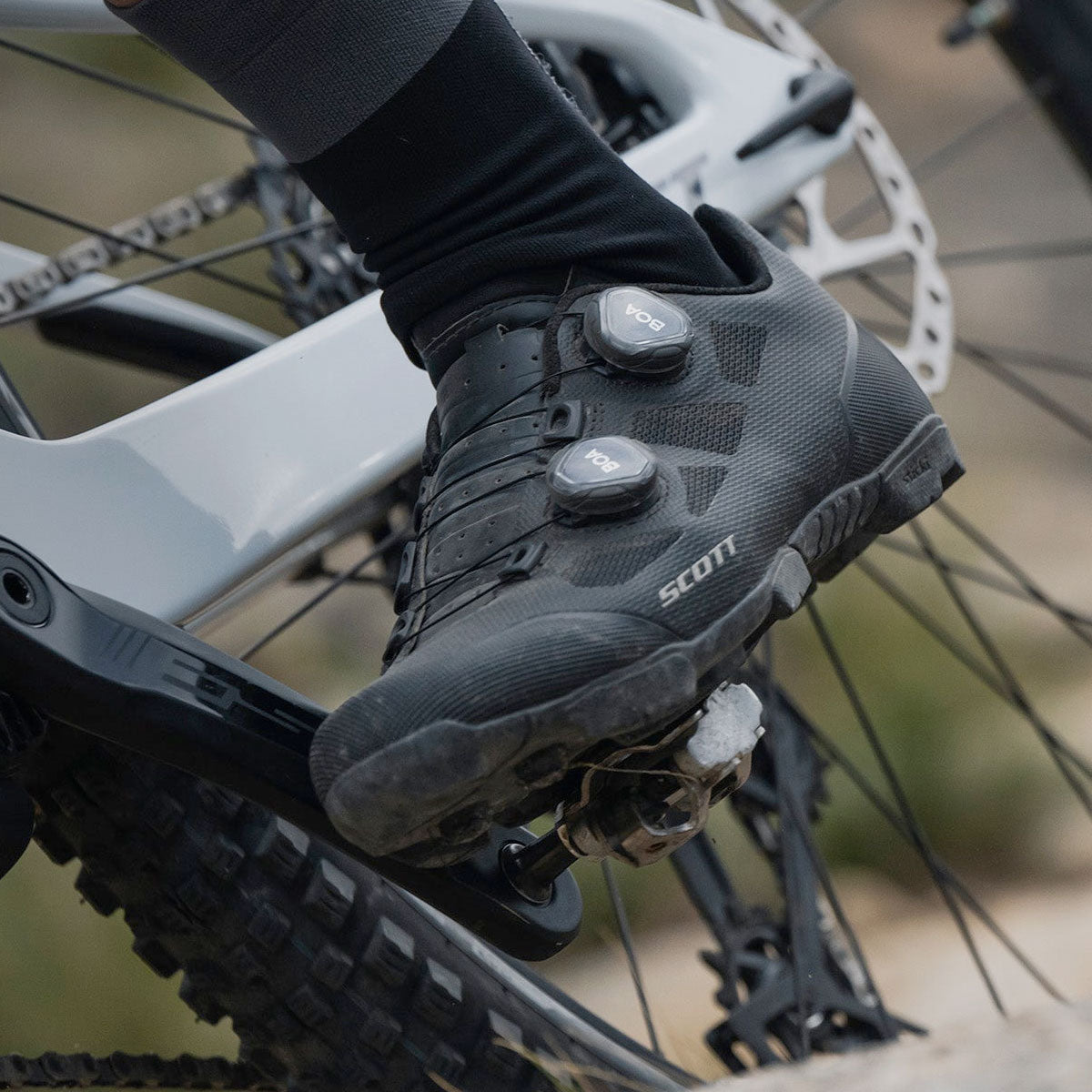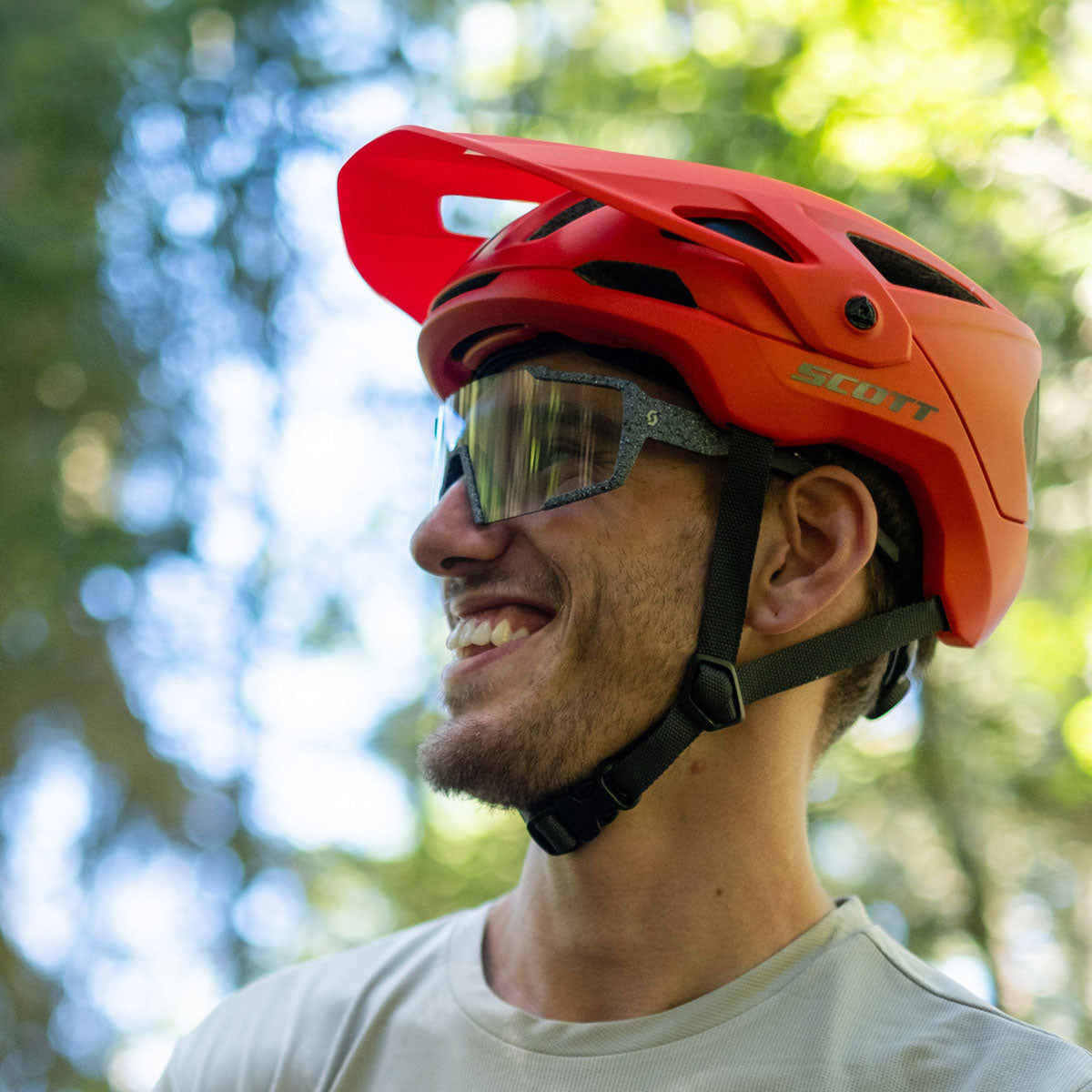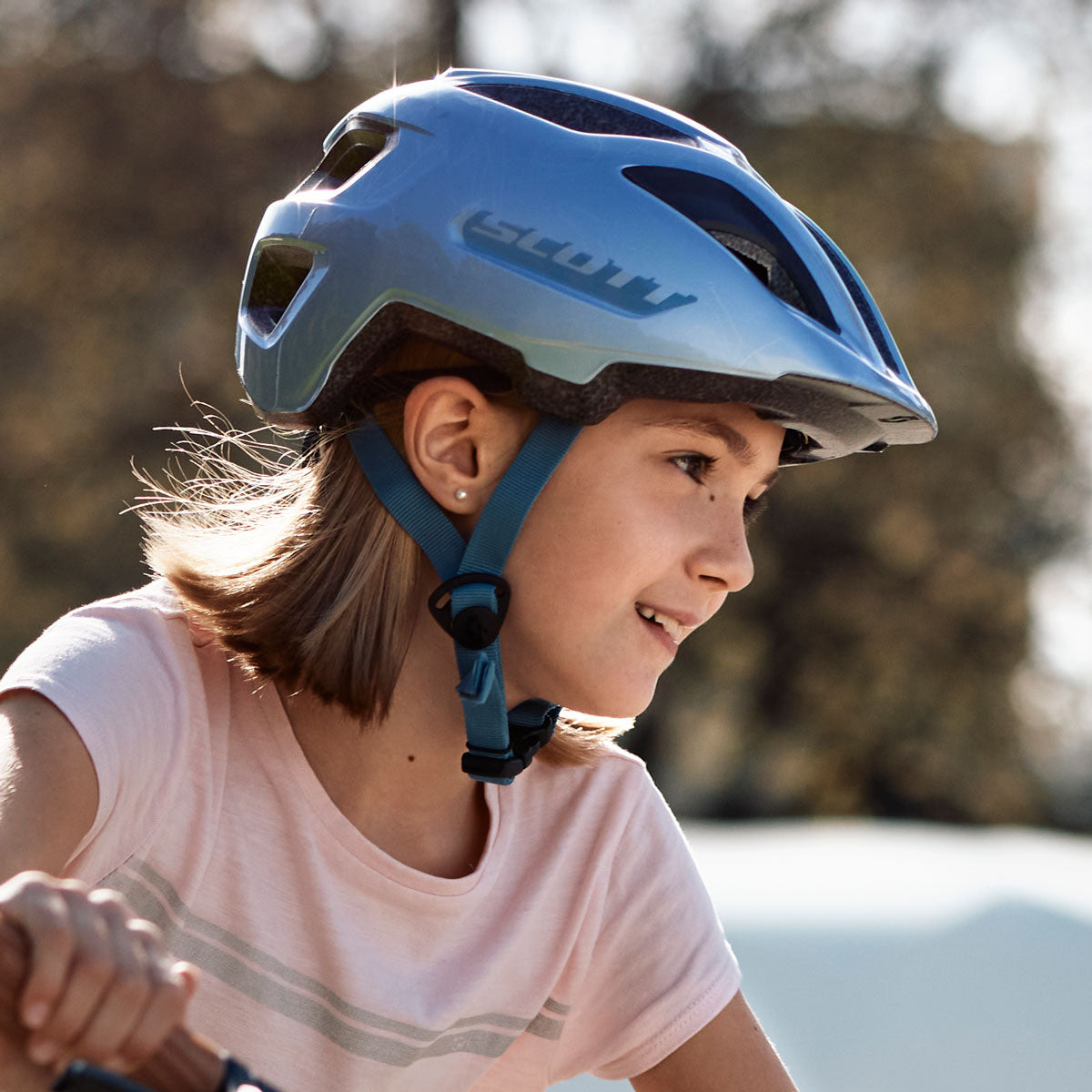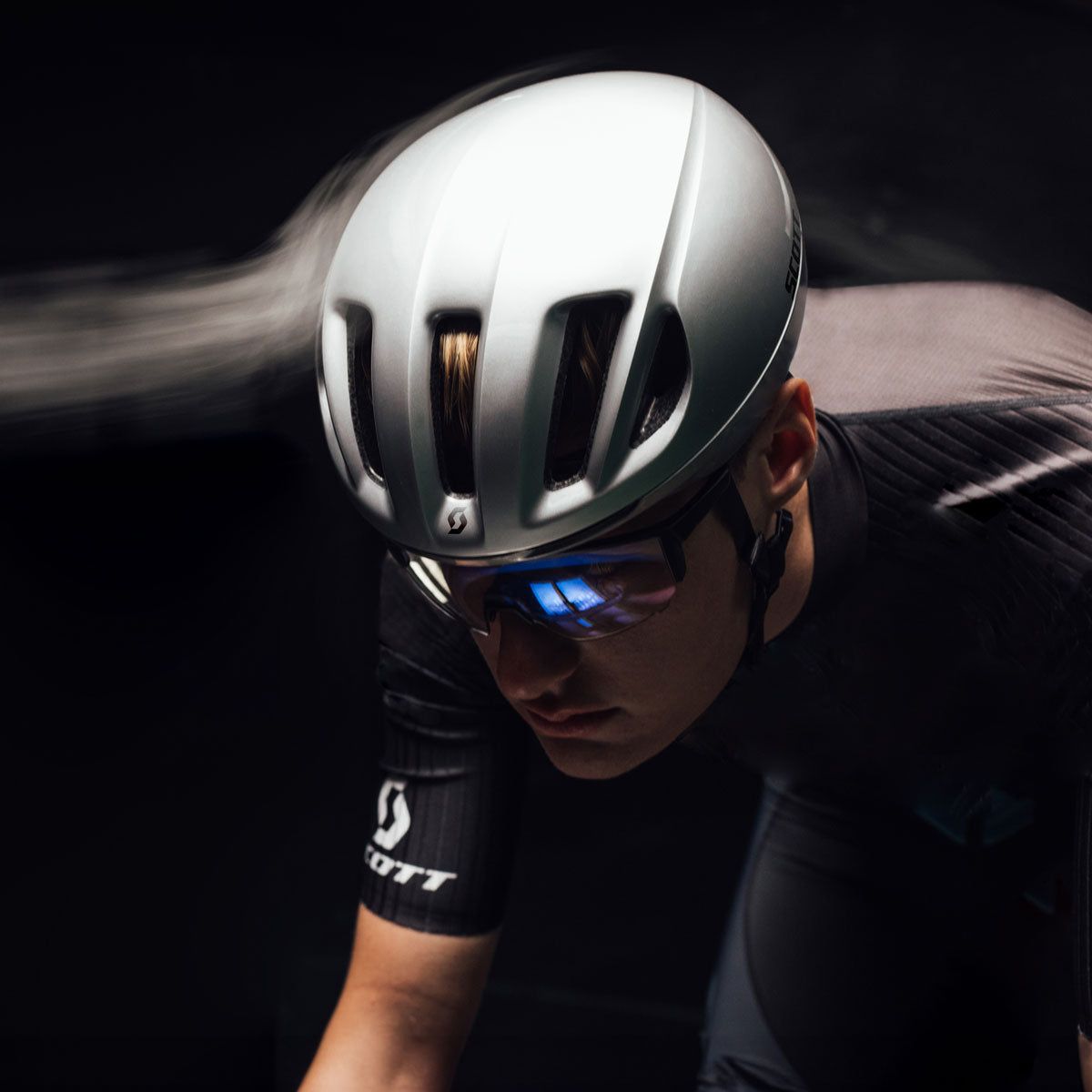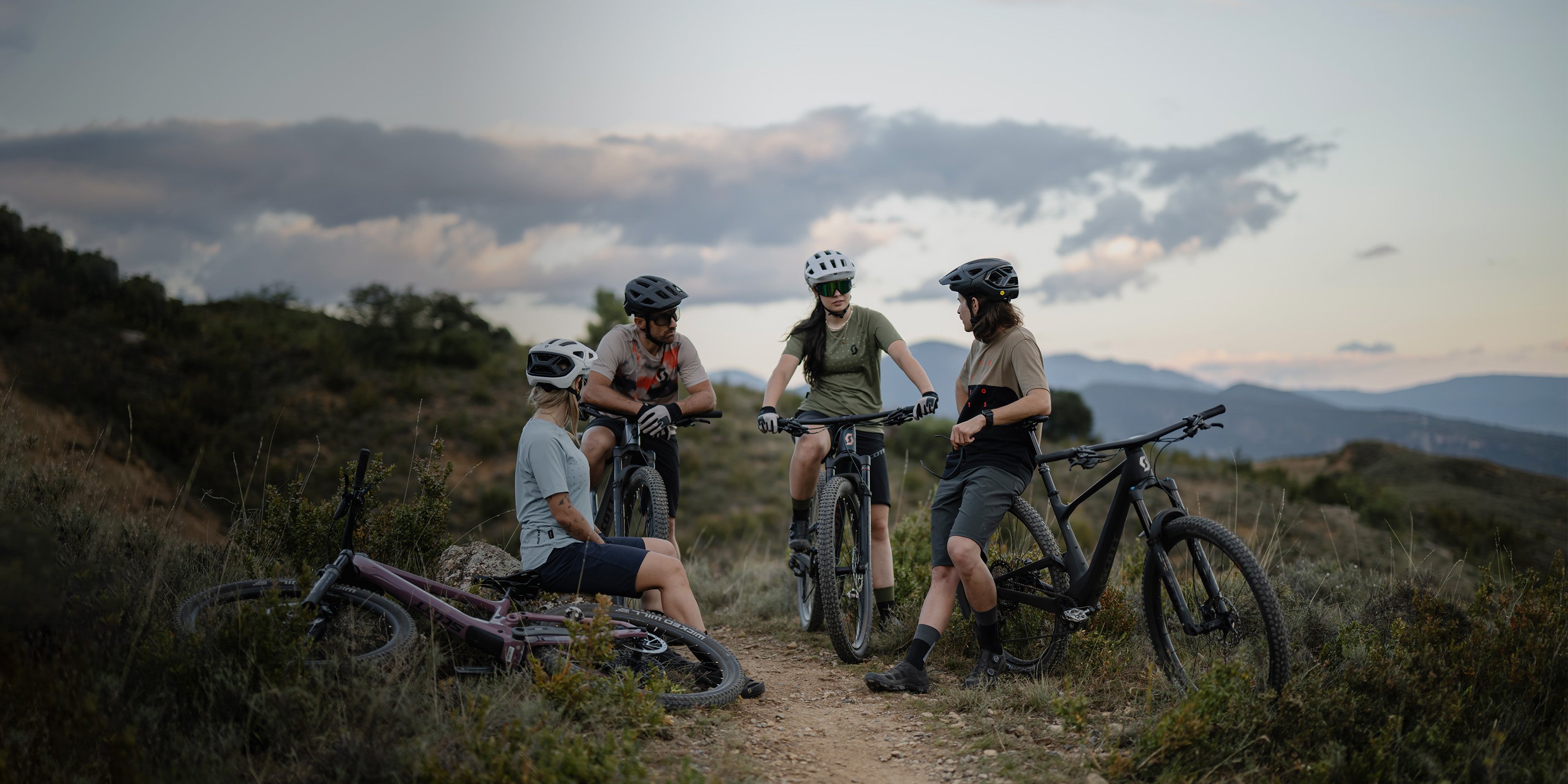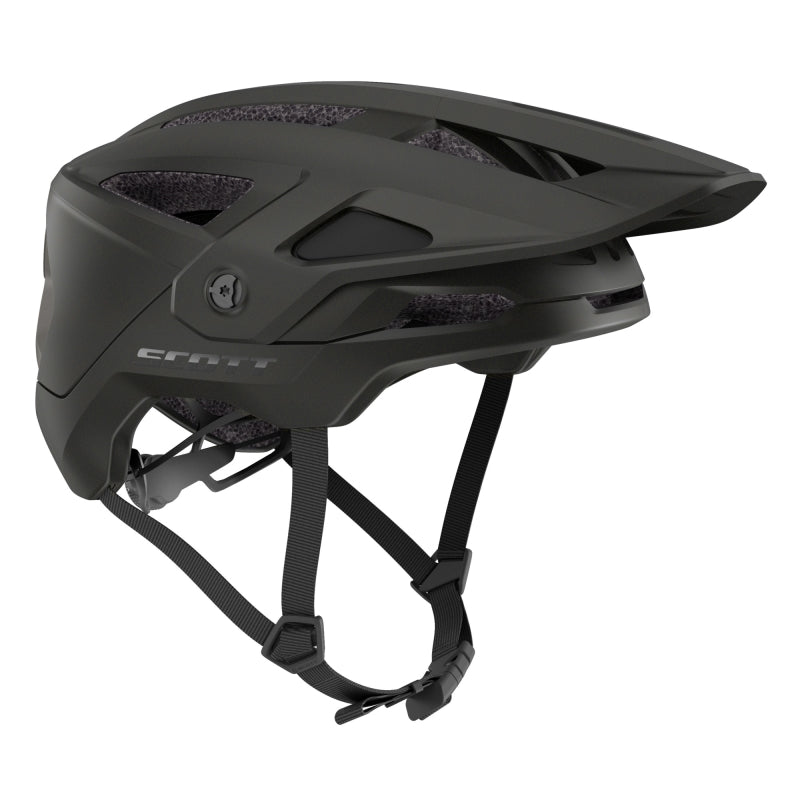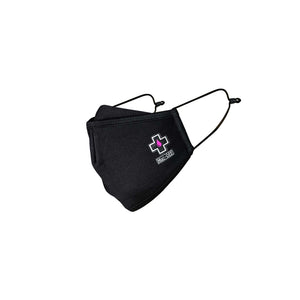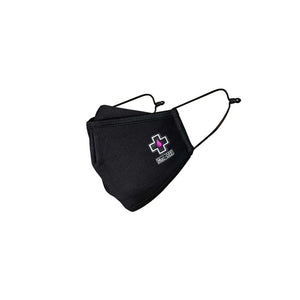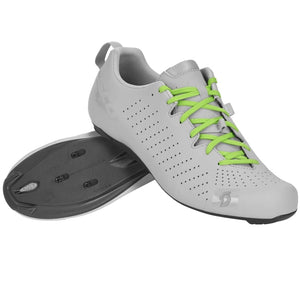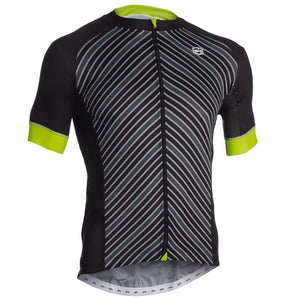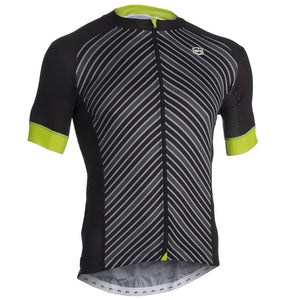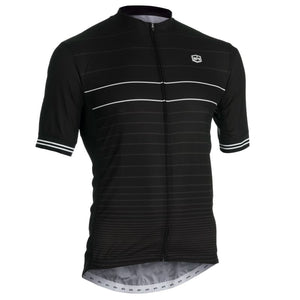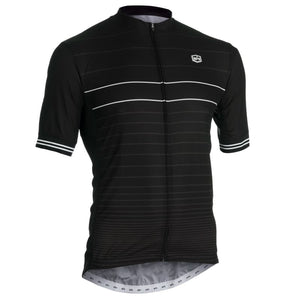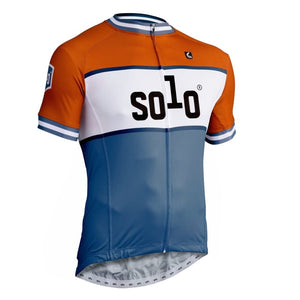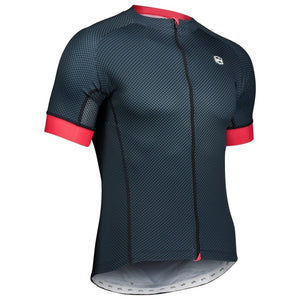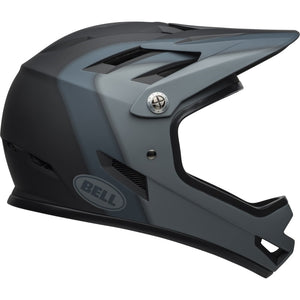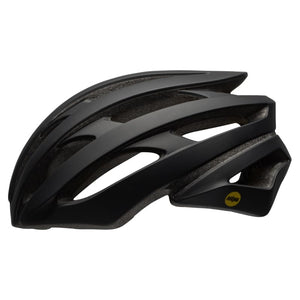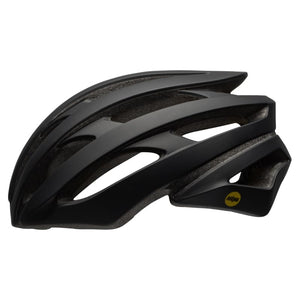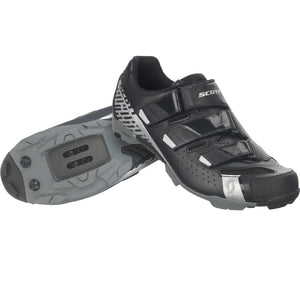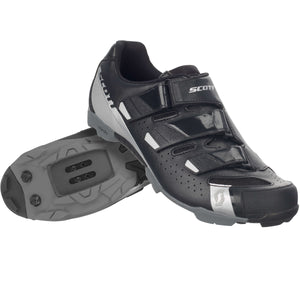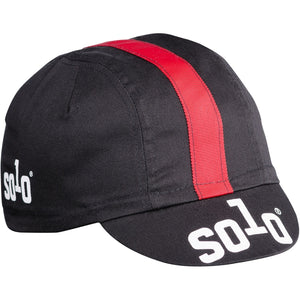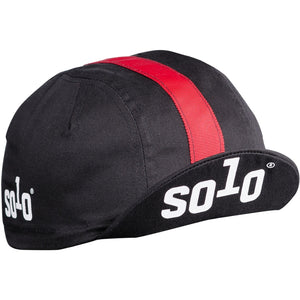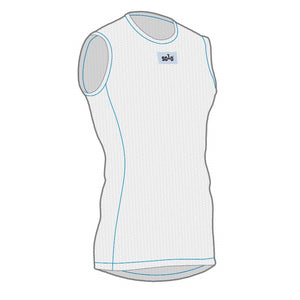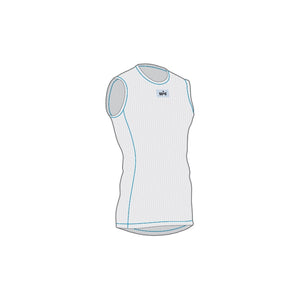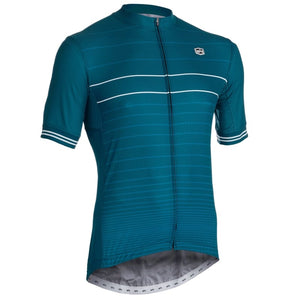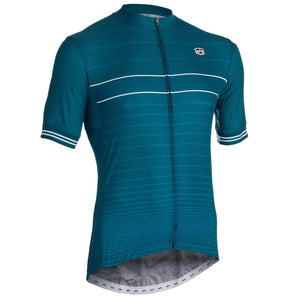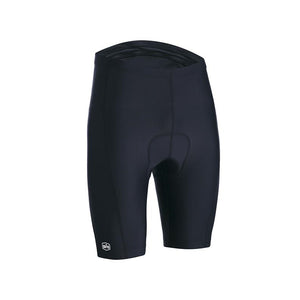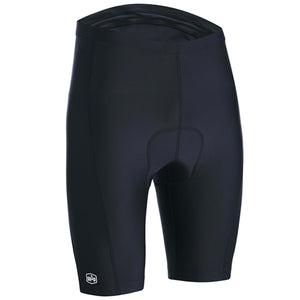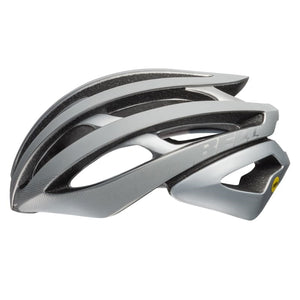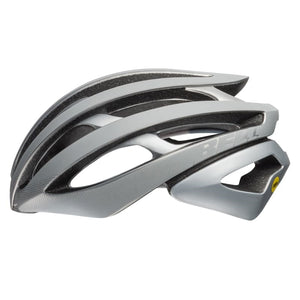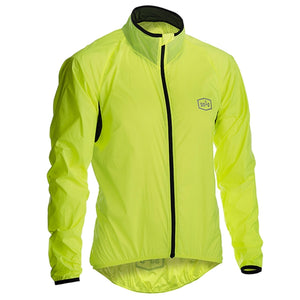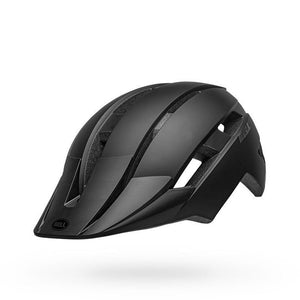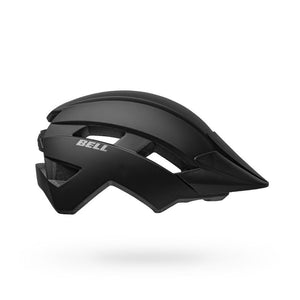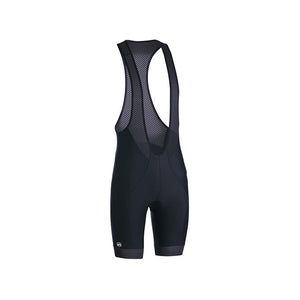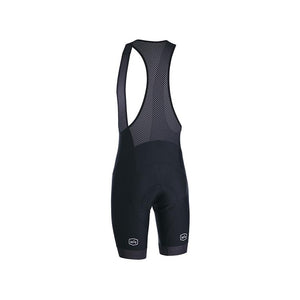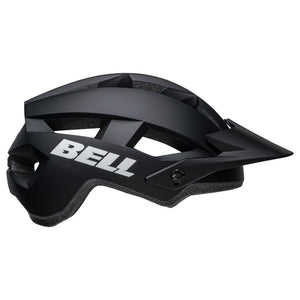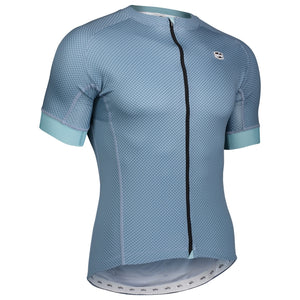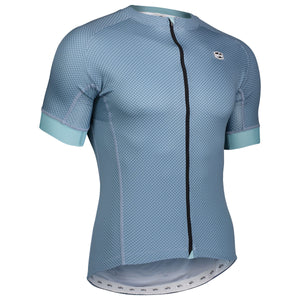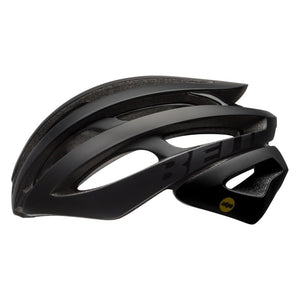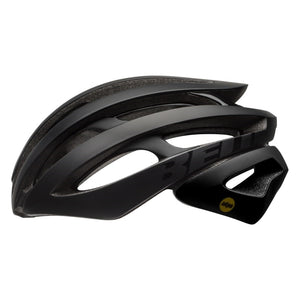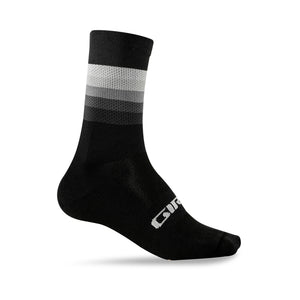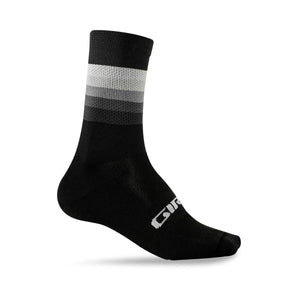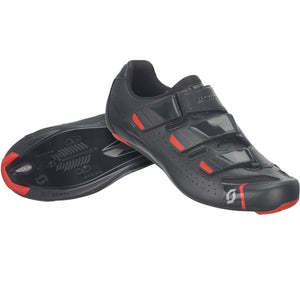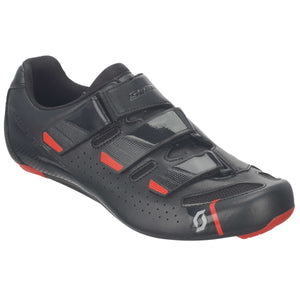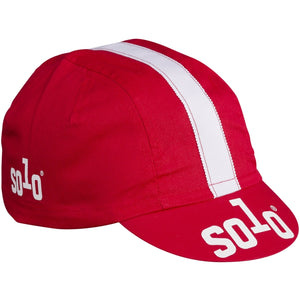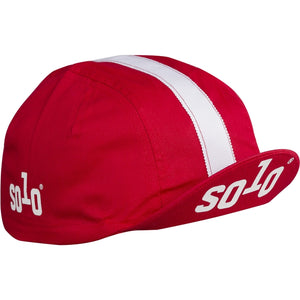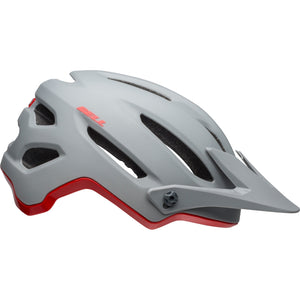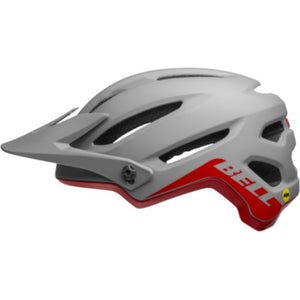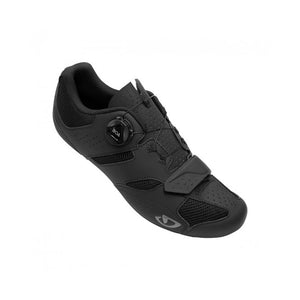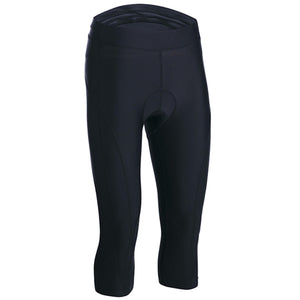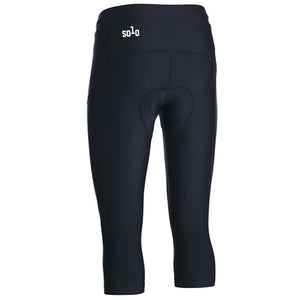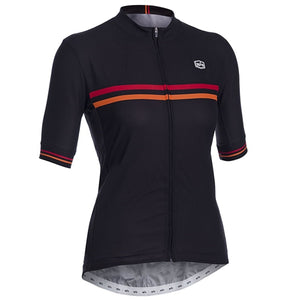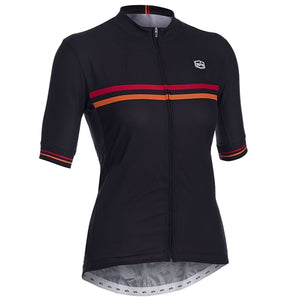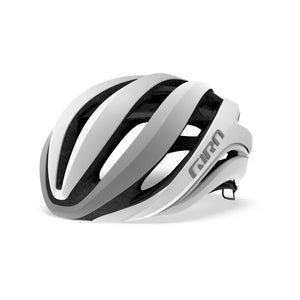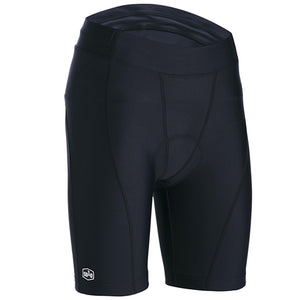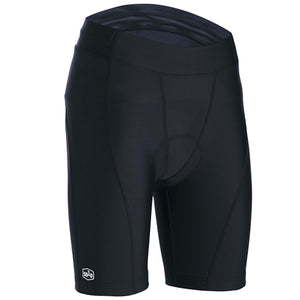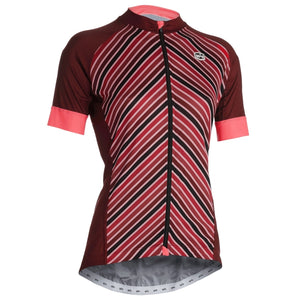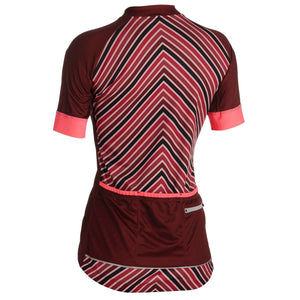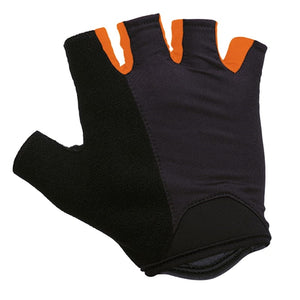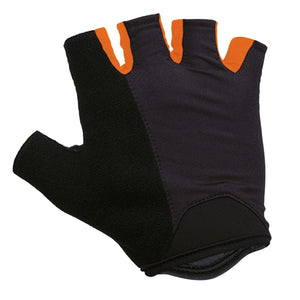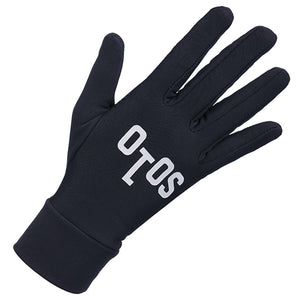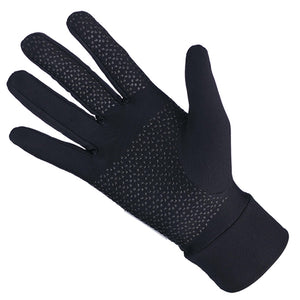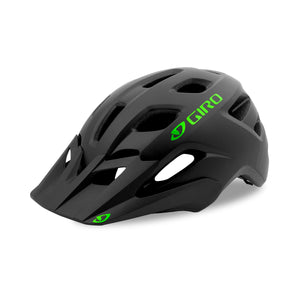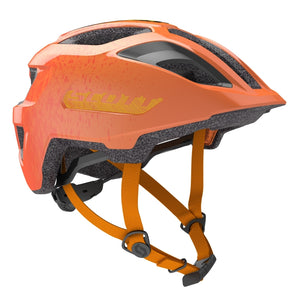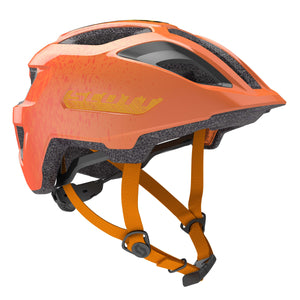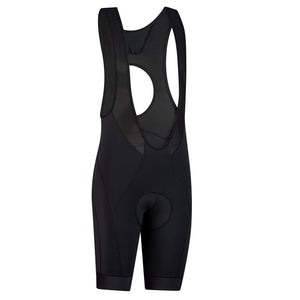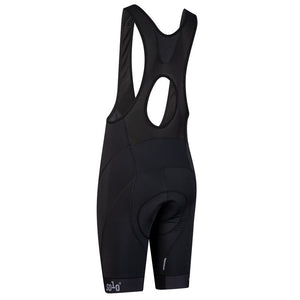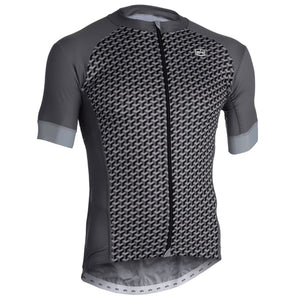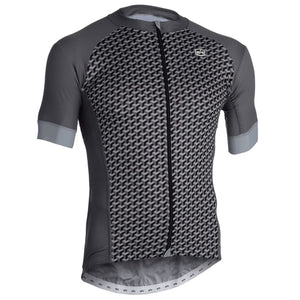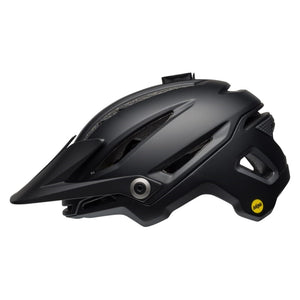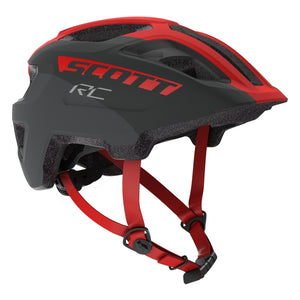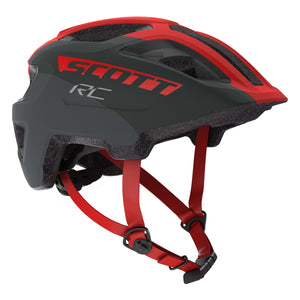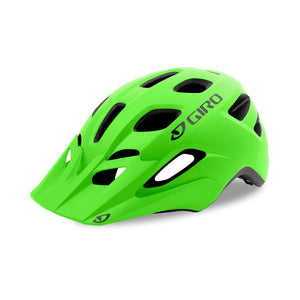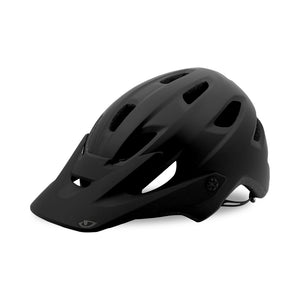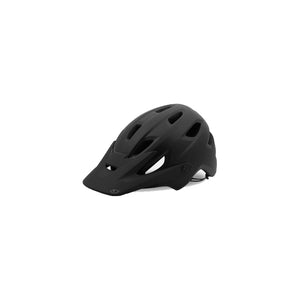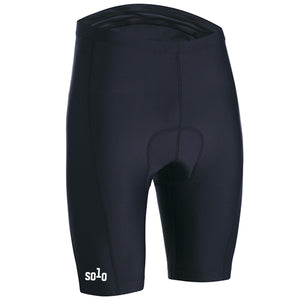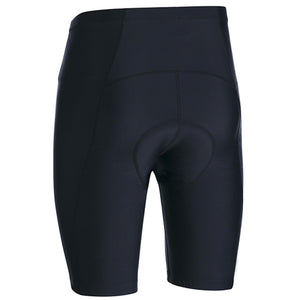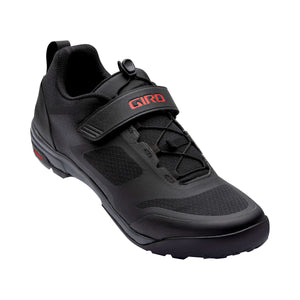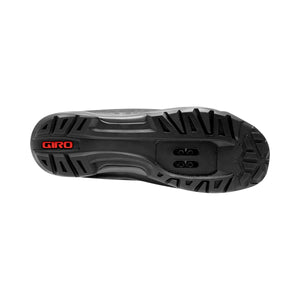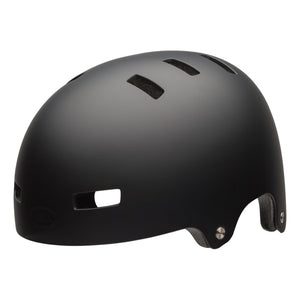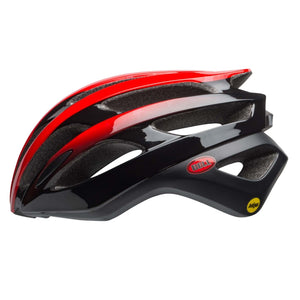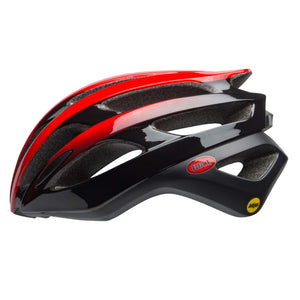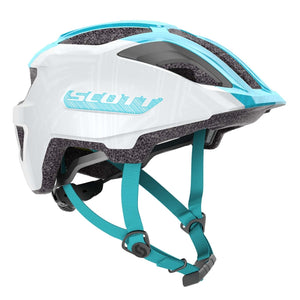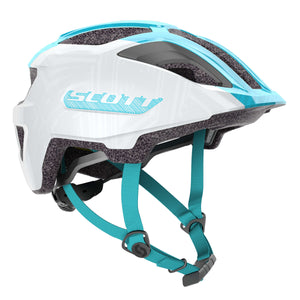FAQ’s
Have a question? We are here to help
Our My Ride team are experts on all things bikes!
Whether that is picking the perfect bike for your riding needs, completing your riding kit with parts and accessories, or ensuring your riding is running smoothly, our team have you covered.
We know you'll have questions, so have a look at our Frequently Asked Questions to help get you started.
test1. How do I choose the right helmet?
At My Ride we stock a huge range of helmets from quality brands. We've put together a useful guide below to help make the choice easier.
KIDS HELMETS
Ensure your kids have the best possible protection on the bike with a properly fitting helmet. We have a wide range of kids helmets from various brands, to suit all ages and budgets. They come in funky colours that are perfect for junior shredders on bikes, scooters or skateboards. All of our helmets meet Australian and New Zealand Standard AS NZS 2063 2008. Explore our range of kids helmets.
ROAD HELMETS
Road bike helmets are designed for increased airflow, reduced weight and a racier look to ensure speed and aerodynamics when on the bitumen. A properly fitted helmet has an important role in protecting your head. Browse our full range road helmets. today.
MOUNTAIN BIKE HELMETS
Ready to hit the trails? Our quality range of mountain bike helmets will keep your head protector. Mountain bike helmets play a vital role in protecting riders from injury on the trails. They are designed specifically to protect your head from collisions on steep and unforgiving terrain. Many of our helmets feature the latest MIPS technology for extra protection. Explore our wide range of mountain bike helmets. for kids and adults.
RECREATIONAL HELMETS
My Ride's range of Giro recreational helmets are ideal for riding around town or on bike paths. All of our helmets meet Australian and New Zealand Standard AS NZS 2063:2008. Our quality recreational helmets feature breathable designs with comfortable fitment systems. Many of our helmets feature the latest MIPS technology for extra protection. Explore our wide range of recreational helmets. for kids and adults.
2. What size helmet should I buy?
Making sure that your helmet fits you properly is critical in ensuring you’re getting proper protection. If your helmet is fitted loosely, it may not stay in place during an accident and do its job; on the other hand, if your helmet is too tight and small it will result in the helmet being uncomfortable. Whether it’s a road bike or mountain bike helmet, helmets come in different sizes which fit a range of head diameters. Each brand and make will fit differently. The first step is to measure your head diameter which will give you an idea of the size range your head fits into. For further assistance, we recommend heading down to your local MyRide store to test out a few different models and workout which helmets fit your head best.
What brands of helmet do you stock?
At My Ride we stock a range of quality products including Giro helmets and Scott helmets. All of our helmets pass the required safety standards and are available in a range of styles and sizes.
What is the best helmet for bike riding?
There is no one helmet that is best when it comes to cycling. As your budget increases with helmets, you'll find they generally use improved fitment systems to increase comfort. You'll also find that helmets get lighter and breathe better as your budget increases. At My Ride, we stock mountain bike helmets., road helmets., recreational helmets. and kids helmets.
3. What type of bike helmet should I purchase?
Road, mountain, triathlon or commuting there is a specific helmet for each discipline. Besides impact protection, the main goal of a road helmet is to be lightweight, aerodynamic and to provide the rider with excellent ventilation. Mountain bike helmets on the other hand, are far less focused on weight and more focused on protection. They are designed to provide extra coverage. Mountain bike helmets can be split into two categories open face and full face. A full face helmet provides the rider with extra protection for the face, chin and mouth and is designed for downhill riding, while an open face helmet for cross-country and trail riding doesn’t provide protection for the chin but has more coverage than a traditional road helmet. In the case of triathlon helmets aerodynamics and speed is critical. Commonly featuring long tails with minimal ventilation, making them more aerodynamic. While commuter helmets are not focused on being aerodynamic, ventilation, and are created to look less sporty. Here at MyRide we’ve got a huge range of helmets from premium brands like Giro helmets and Scott helmets.
4. What type of cycling shoe should I buy?
Depending on what type of riding you’re doing, there are different types of cycling-specific shoes for the job. Whether you’re commuting to work or shredding some gnarly single track, there is a ride shoe for the job. Road bike shoes are designed for performance. They generally have a stiffer sole, lighter weight and provide maximum pedal/cleat engagement. Mountain bike shoes feature a recessed cleat, a walking platform, and a tough outer sole for better wear and tear. Commuting style shoes are very similar to a mountain bike shoe with a recessed cleat, a bigger walking platform and greater sole flexibility as they’re intended to be walked on more and resemble a traditional leisure shoe.
Do you really need cycling shoes?
Cycling shoes provide riders the option of using clip in pedals. Clip in pedals match to the cleat on the bottom of your cycling shoe, offering improved pedalling efficiency. Although you don't need cycling shoes to get out for a ride and have fun, they can make pedalling up hills and riding longer distances much easier.
What are the benefits of cycling overshoes?
The main benefits of cycling overshoes are protection and visibility. Designed to keep your feet warm and dry in cold and wet conditions, whilst keeping your feet protected from the elements. Some overshoes are designed with reflective elements, which increase your visibility to other road users and improve safety during low-light rides.
Should I wear cycling specific socks?
Cycling socks are designed specifically for using while cycling. Made from lightweight, breathable materials, such as polyester or a blend of polyester and wool, that wick away moisture and keep your feet dry during rides.
5. What do I need to know about cycling clothing?
What are the benefits of bib shorts?
One of the main benefits of wearing bib shorts versus just padded shorts is that the bibs hold your chamois in place and stop movement. Making sure that the chamois sits snug against your crotch, minimising the risk of saddle abrasions which can result in sores and chafing making for an uncomfortable ride. When riding with non bib padded shorts another big issue riders find is that as you ride shorts tend to slowly slip down which can be really annoying and uncomfortable, with a bib this issue is completely eliminated. Reach out to your local My Ride dealer for a great range of Giro, Scott, and Solo product range.
Should I wear underwear under my padded shorts?
Chamois (pad) are designed to be worn next to the skin. Wearing underwear greatly increases the risk of chaffing and resulting in saddle sores. Ditch that underwear and enjoy the comfortable ride provided by your padded shorts. Checkout our extensive range of clothing from Giro, Scott, and Solo here at My Ride.
What are the benefits of a cycling jacket?
The benefit of cycling jackets are to provide the rider with protect from the elements, helping to keep you comfortable and dry. Generally speaking cycling jackets have reflective elements or bright colours to increase visibility of riders to other road users. Some models offer pockets for storing small items such as phone, keys or gels. Providing you with an accessible storage solution while riding. Typically made from lightweight, breathable materials that can help wick away sweat, keeping the rider comfortable and dry during rides.
Is it necessary to wear a base layer while cycling?
Base layers are an essential part of any cyclist's wardrobe, all year round. Worn under your jersey, sleeveless and short sleeve mesh base layers are a great way to wick sweat away in summer, and provide some warmth in colder conditions. During winter, base layers with additional fabric weight ensure you stay warm and dry.
Is it necessary to wear gloves while cycling?
It is not necessary but it is recommended, as gloves help to absorb road vibrations, provide extra grip and protect your hands in the event of a crash. Winter specific gloves are essential during the cooler seasons, they provide you with protection from wind and rain, keep your hands dry and help reduce the risk of numbness.
What material is best for cycling jerseys?
Synthetic materials such as polyester are the most common choice for cycling jerseys as they're lightweight, dry quick and wick away moisture effectively.
6. Should I wear cycling specific sunglasses?
Regular sunglasses can be worn while cycling, but cycling specific sunglasses are recommended as they offer improved ventilation, better coverage and provides protection against impact and glare.
